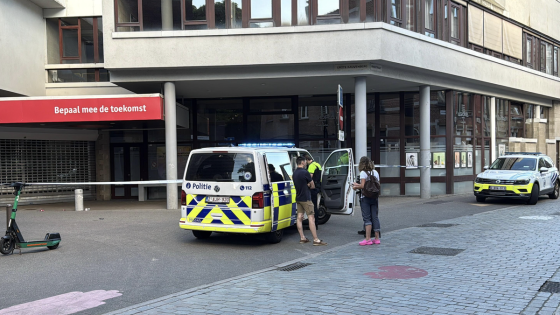Belgian residents, especially in West Flanders, are currently battling an intense flying insect nuisance. The sudden surge in flies has left many locals frustrated, with reports flooding in from towns like Gistel. As of 2025-07-18 21:00:00, the “vliegenplaag” or fly plague remains a pressing concern across the region.
- West-Vlaamse stad worstelt met vliegenplaag
- Inwoners Gistel klagen over enorme vliegenoverlast
- Vliegenpopulatie groeit snel ondanks bestrijdingsmiddelen
- Oorzaak van vliegenplaag in Gistel onbekend
- Expert geeft tips om vliegen effectief te bestrijden
Despite efforts such as UV lamps, fly swatters, and natural repellents like cloves, the problem persists. Why is this flying insect invasion so relentless, and what can be done to finally curb it? The situation has sparked widespread discussion among communities and experts alike.
With residents sharing their experiences and an expert weighing in on effective prevention methods, it’s clear that understanding the root cause and best solutions is crucial. Let’s explore the current state of the vliegenplaag and what Belgians can expect moving forward.
What makes this vliegenplaag so difficult to control? It’s more than just a nuisance—it’s a complex issue involving local environmental factors and fly behavior. Consider these points:
- The rapid reproduction rate means killing one fly often results in several more taking its place.
- Common home remedies, including UV lamps and cloves, have limited impact on reducing fly numbers.
- Experts emphasize the importance of hygiene and removing breeding grounds to prevent infestations.
- Unidentified causes make it challenging to implement a one-size-fits-all solution.
As the summer progresses, staying informed and adopting expert-recommended practices will be key for residents. Could this be the start of a new approach to fly control in Belgium? Only time will tell, but proactive measures today can ease the burden tomorrow.
































